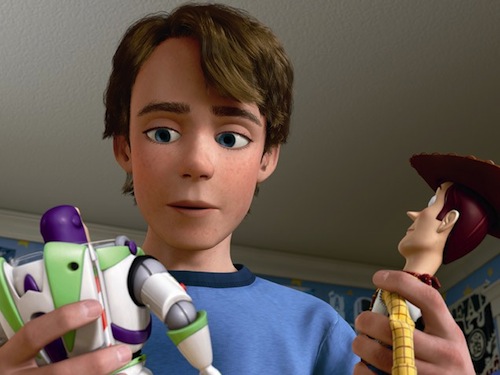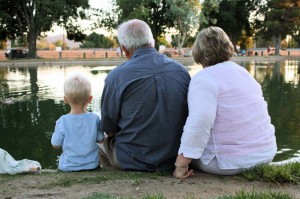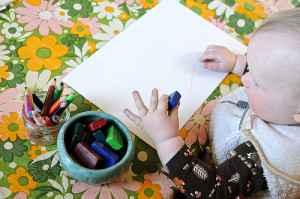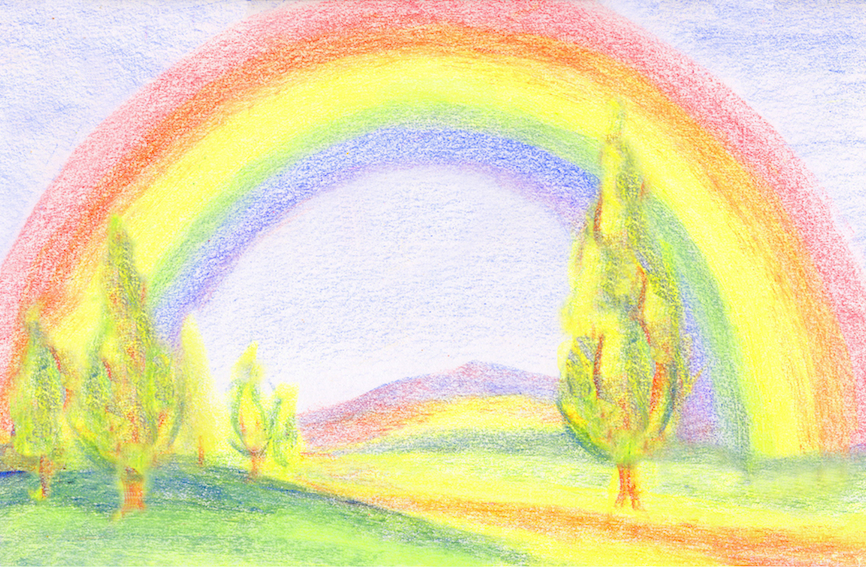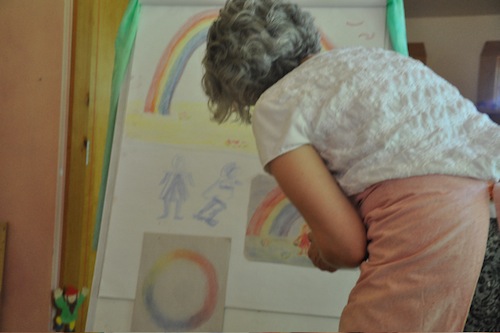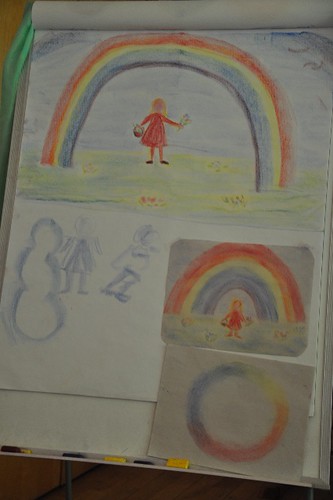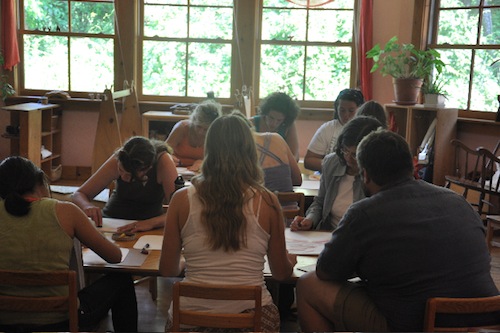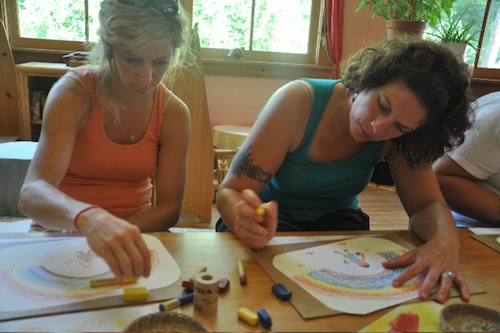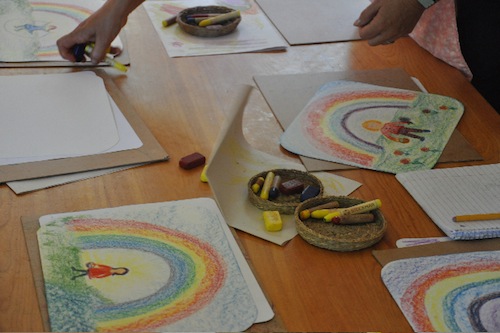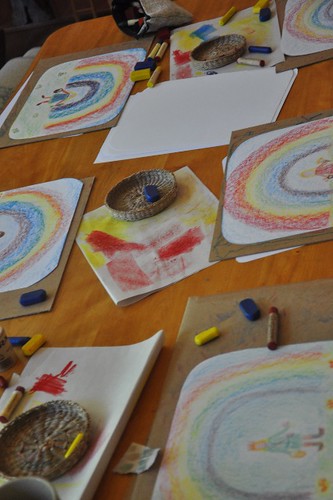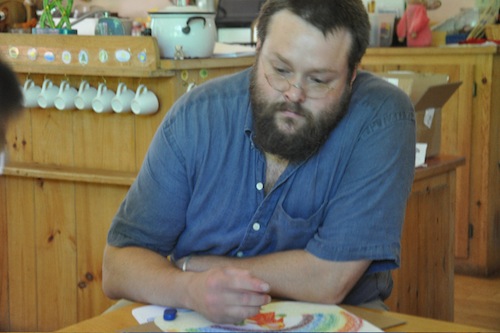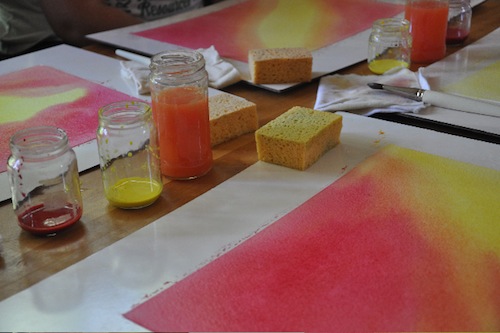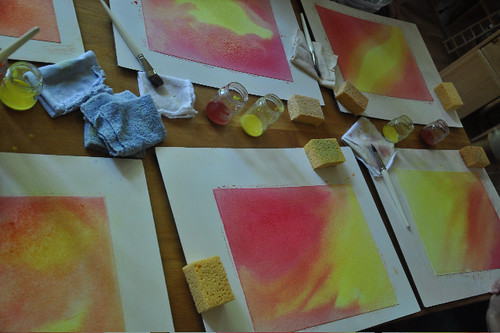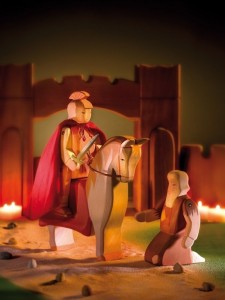Last month, my younger son William and I saw Toy Story 3 in New York City in 3D. I loved it! Yes, you read that right. Miss Sarah, the anti-media-for-young-children Waldorf teacher, absolutely loved Toy Story 3.
Those of you who’ve seen it know that the ending is a tearjerker, but I nearly melted in a puddle of my own tears, thoroughly embarrassing my 15-year-old son. The movie was especially heart-rending for me because my older son Harper is the same age as Andy, the boy to whom the toys belong.
Harper was about four years old when the original Toy Story was released. At the time, we lived in Hollywood, my husband was working in the entertainment industry, and we were invited to the premiere. As perks, we were given full-size Woody and Buzz Lightyear toys, which Harper played with for years.
In Toy Story 3, things have progressed in real time. Andy has grown up and is getting ready to head off to college. And guess what? Harper is 18 now and leaving for college in a few short weeks. Like Andy, he is in the process of saying goodbye to his toys, his childhood, and his parents, so the poignant ending of Toy Story 3 left me crumpled in a sea of wet tissues.
Not only did Toy Story 3 have personal relevance for me, but I also appreciated its compelling story, great dialogue, engaging characters, and its technological sophistication. It’s the first movie I’ve ever seen in 3-D, and it really was a marvel, perhaps one of the best animated movies ever made.
But in spite of my enthusiasm for the movie, I would not recommend it for children under nine. Bracing myself for the backlash, I can already hear the cries of protest: “But it’s rated G!” “We took our four-year-old to see it and he LOVED it!” “Come on, it’s Disney. It’s wholesome family fun.”
Let me explain my thoughts . . .

